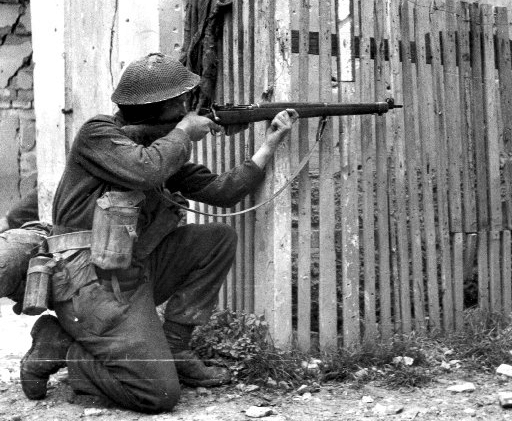
| Year | April 1939 |
| Weapon Type | Infantry Rifle |
| Origin & Designer | [@designer] |
| Numbers Produced | 3.500.000 |
| Crew | [@crew] |
| Calibre | .303 (7.7x56) |
| Elevation | [@elevation] |
| Traverse | [@gun_traverse] |
| Cartridge Weight | [@cartridge_weight] |
| Round Weight | 175gr (11.3g) |
| Barrel Length | 640mm |
| Overall Length | 1.129mm |
| Grenade Types | [@grenade_types] |
| Mount | [@mount] |
| Combat Weight | 4.14 kg |
| Operation | Bolt-Action |
| Cooling System | [@cooling] |
| Sights | Front Blade & Folding Aperture Rear |
| Feed | 10 Round Magazine fed by 5 Round Clips |
| Practical Rate of Fire | 18 r.p.m. |
| Maximum Rate of Fire | 30 r.p.m. |
| Blank Cartridge | [@blank_cartridge] |
| Muzzle Velocity | 751 m/s |
| Fuel Capacity | [@fuel_capacity] |
| Minimum Range | [@minimum_range] |
| Effective Range | 500m |
| Maximum Range | 2.500m |
| Armour Penetration | [@armour_penetration] |
| Bayonet | No 4 Mk. I or Mk. II Spike Bayonet |
| Traction | [@traction] |
| Variants | [@variants] |
| Notes | This version was a wartime improvement on the No. 1, it was easier to turn out and featured a shortened stock. It also had new battle sights with better adjustability. A new spiked bayonet was also introduced. |